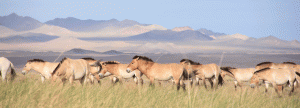Enter your address to receive notifications about new posts to your email.
Articles tagged Genomics
(79 results)
-
On the cover: Daphnia in the spotlight
Illuminating the cover of the May issue of G3 is a lake-dwelling filter feeder no more than a couple millimeters long. This microcrustacean—Daphnia pulex, also known as the water flea—is an important model organism, especially in ecological genetics. But despite Daphnia’s status as a model organism, no one had examined its population genomics until now.…
-
50 years of molecular evolution in Drosophila
In the genomic era, population geneticists are flooded with molecular data on the evolution of natural populations. This deluge started in 1966 as a trickle of data from protein electrophoresis studies, including the landmark GENETICS papers published by Richard Lewontin and John Hubby. As Lewontin is honored this week at the Annual Drosophila Research Conference…
-
The unique genetic variation of the Greenlandic Inuit population could help find novel disease associations
Despite being covered by a massive, permanent ice sheet, Greenland has been continuously inhabited by humans for over a thousand years. Most modern Greenlanders are Inuit whose ancestors migrated eastward from Canada around 1000 AD, bringing technology like kayaks and dogsleds. They eventually settled on the coasts of the world’s largest island, hunting whales and…
-
Behind the cover: Oh Canada!
February marks the launch of a crisp new look and improved navigation at the G3 website. Go check it out; we’re very proud of the design! We are also unveiling a new cover layout that allows the art submitted by our authors to shine. This month’s cover celebrates the first published genome assembly of the Canadian…
-
In the Year of the Rooster, a new chicken genome assembly is hatched
The chicken is one of humanity’s closest and oldest allies. With a worldwide population in the billions, this former jungle fowl is one of the most important domesticated animals on Earth. In the February issue of G3, Warren et al. further our understanding of this familiar bird, presenting a new and substantially improved chicken genome assembly…
-
A modern look at ancient DNA
Well over 15,000 years ago, a man and a bear died in a cave in the Jura Mountains in modern-day Switzerland. That was the end of the story for millennia—until their remains were discovered in 1954 by researchers investigating the cave. Further work in the 1990s uncovered the fact that the man had, in fact,…
-
The fungus-fighting secrets hiding in the sugar pine’s enormous megagenome
Towering sugar pine trees dominate the mountain forests of California and Oregon. They are the tallest pine trees in the world, regularly growing to skyscraper heights of over 100 meters. But these forest behemoths are under attack from a very tiny foe: an invasive fungus. White pine blister rust was accidentally introduced to western North…
-
Publish your WGS data in G3 Genome Reports
Do you have whole genome sequence (WGS) data burning a hole in your pocket? Many high-quality WGS datasets languish unpublished and undescribed because they may not always—in isolation—reveal substantial new biological insights. However, the editors of G3: Genes|Genomes|Genetics recognize that WGS data on strain variation, comparative analysis of different model organism species, and other rich…
-
Sex chromosome turnover in frogs hints at evolutionary patterns
Sex chromosomes have evolved from autosomes hundreds of times across the tree of life. In mammals, sex is controlled by the Y chromosome-linked gene SRY, which triggers the development of male anatomy. Sex determination in most mammals is extremely conserved; essentially all marsupials and placental mammals share the same pair of X and Y chromosomes…
-
Speed limits in bacterial factories
In the fast-paced life of a bacterium, the ability to manufacture proteins quickly and efficiently is crucial. In these organisms, mRNAs—the templates for building proteins—have a string of bases near the start called the Shine-Dalgarno (SD) sequence. This motif increases the rate at which translation is initiated. Some results suggest that the presence of SD…
-
The Genetic History of Horses
Like any revolutionary technology, domestic horses changed human society. The incredible speed and strength of these animals opened up new opportunities to spread trade, language, and culture. For thousands of years, horses have been helping build human society by pulling wagons and plows and carrying soldiers and travelers on their backs. Horse husbandry changed humanity,…

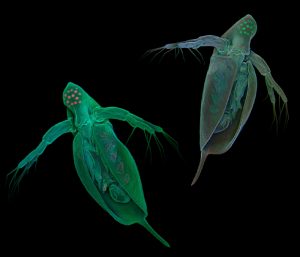



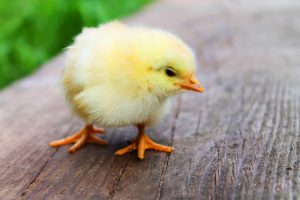
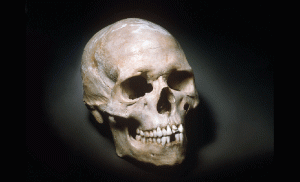
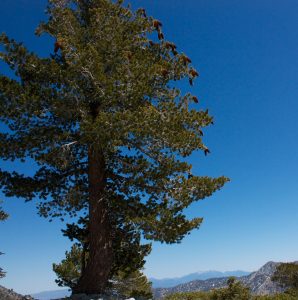
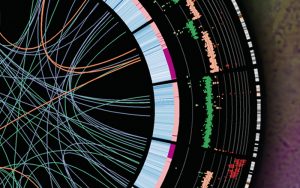
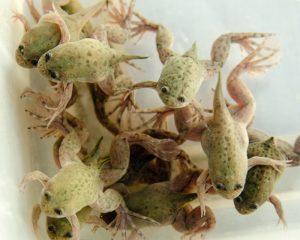
![By BMW Werk Leipzig (http://bmw-werk-leipzig.de) [CC BY-SA 2.0 de], via Wikimedia Commons](https://s36063.pcdn.co/wp-content/uploads/2016/11/rsz_bmw_leipzig_media_050719_download_karosseriebau_max-300x200.jpg)
